
Most people wouldn’t blink before spending a $2 bill—but that tiny decision could mean missing out on something far more valuable. These uncommon notes aren’t just currency; they’re collector magnets and sometimes even hidden treasures. Their worth goes beyond the printed number, shaped by history, scarcity, and demand. Before you let one slip away, here are 10 reasons it might deserve a second look.
Some $2 Bills Are Worth Far More Than Face Value
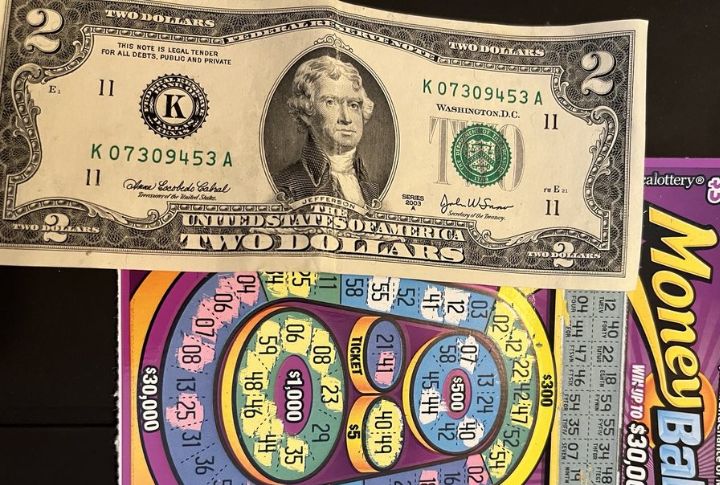
Don’t dismiss the note as ordinary currency. While regular $2 bills are only worth their face value, some rare examples carry high prices. Look for unique attributes like a star next to the serial number or incredibly low digits. These special notes routinely sell for hundreds, sometimes thousands, to dedicated collectors.
The $2 Bill’s Rarity Increases Its Collectible Appeal
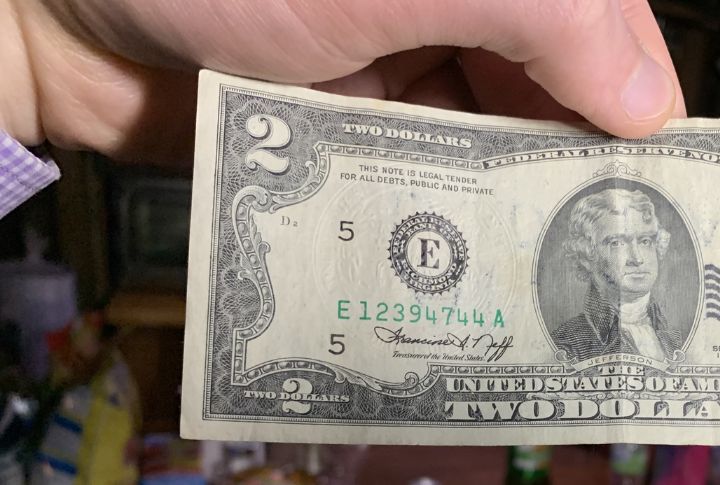
People treat the $2 bill as special. When someone receives one, they hold onto it, convinced it’s rare. Therefore, fewer bills appear in circulation, which excites collectors. The cycle repeats itself: perceived scarcity drives interest, and interest ensures that these notes remain elusive.
Historical Series Hold Significant Nostalgic Worth
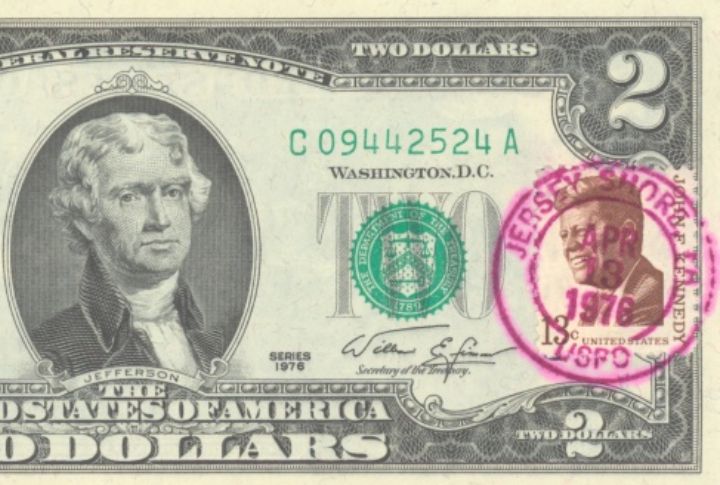
Older specimens carry genuine historical weight. Bills from earlier series, particularly those dating back to the 1800s, often have significant prices due to their age and scarcity. The iconic 1976 Bicentennial issue, celebrating the Declaration of Independence, remains highly cherished among enthusiasts for its cultural significance.
Collectors Covet Unique Serial Numbers
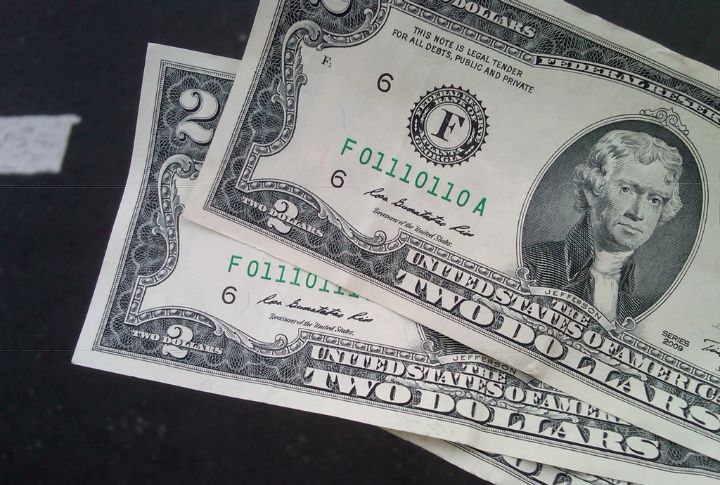
Certain numerical sequences dramatically uplift a bill’s value for dedicated currency enthusiasts. Collectors actively seek patterns such as solid numbers, repeating digits, or perfectly sequential runs like 12345678. Bills with low serial numbers, those under 100, are also highly sought after and often spark fierce competition among collectors.
They Serve As Conversation Pieces And Educational Tools

Hand someone a $2 bill, and watch the reaction. People start asking questions: Why does this denomination exist? How did it change over time? It’s more than money—it’s a doorway into American currency history and the quirks of our monetary system. Every note tells a story worth sharing.
Symbolic Value Often Outweighs Monetary Worth
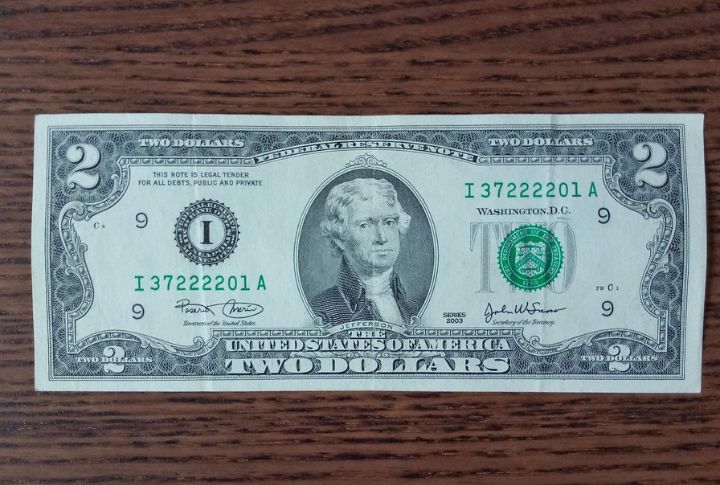
Many people view the $2 bill as a token of prosperity rather than simple cash. It frequently serves as a sentimental keepsake, passed down in families or saved as a lucky charm. This strong emotional and cultural attachment transforms the note into a powerful symbol, ensuring it is preserved instead of spent.
Future Reprints Could Increase Collector Demand
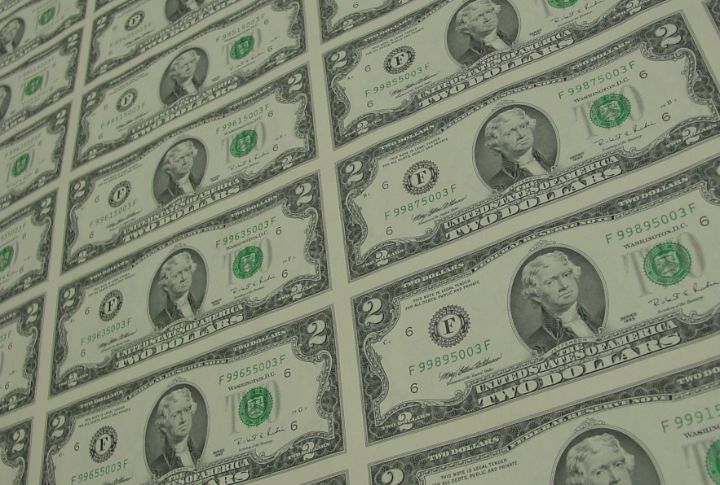
Collecting trends are sometimes reignited by the Bureau of Engraving and Printing’s production cycles. Keeping a rare bill can be worth it, because later versions with different designs can boost collector demand. A savvy holder anticipates renewed enthusiasm among future generations of collectors.
Special Federal Reserve District Marks Affect Value
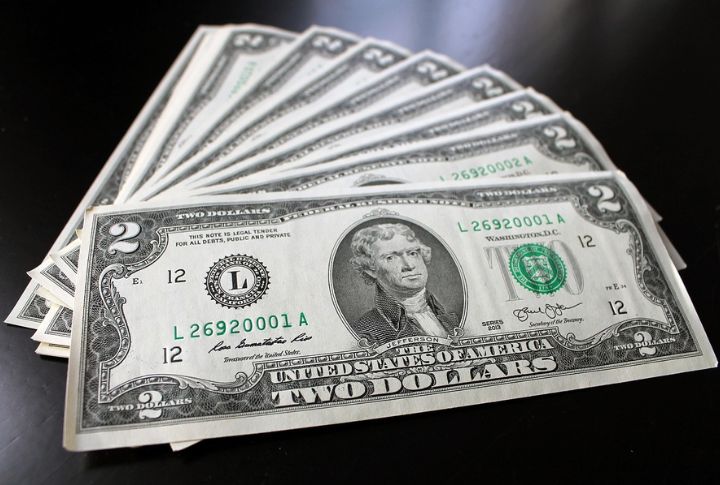
The letter and number combination displayed on the bill identifies its issuing Federal Reserve district. Savvy collectors pursue a complete set, seeking one note from each of the twelve reserve territories across the country. Certain regional district marks are also produced in smaller quantities, which makes them significantly more valuable.
Signature Combinations Can Indicate Rarity
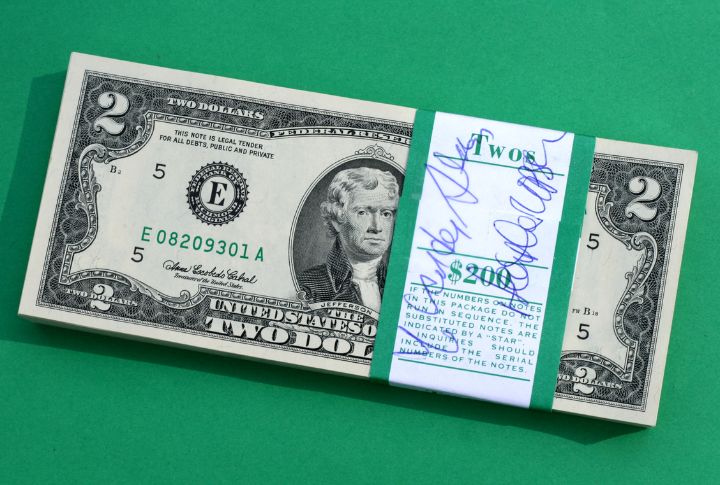
Changes in the Secretary of the Treasury or the Treasurer of the United States necessitate updated signatures on the currency. These official transitions create distinct signature pairings for brief periods, some becoming quite scarce. So, collecting these specific, time-limited combinations can drive the note’s market value well above its face amount.
They’re A Hedge Against Inflation In Collectibles
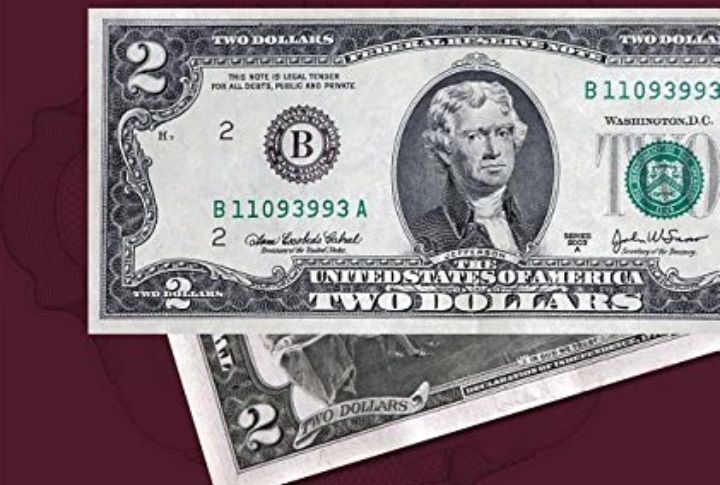
Over time, inflation erodes the purchasing power of standard currency. A rare $2 bill, particularly if maintained in mint condition, resists this effect. Its market value is influenced by scarcity and collector demand, creating measurable appreciation potential. In economic terms, such notes function as an alternative, tangible hedge within currency-based asset portfolios.
